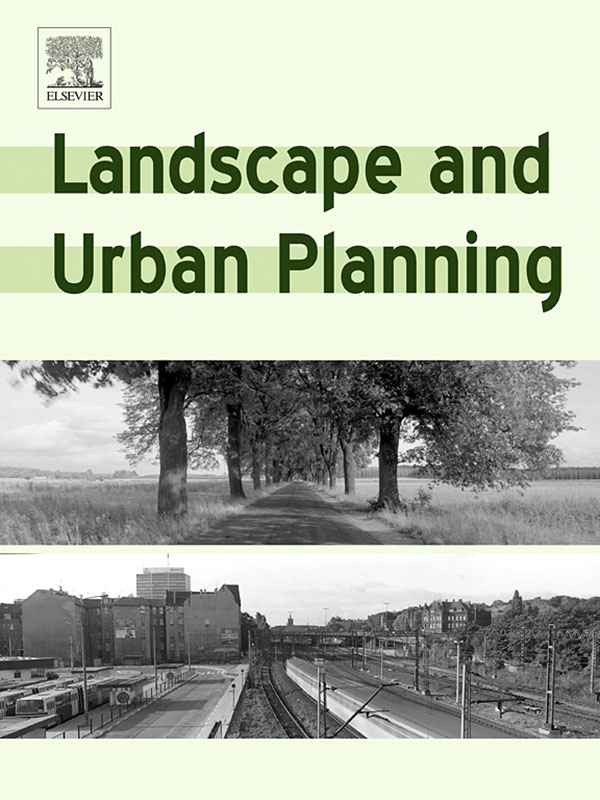Research Article
The relationship between natural environments and subjective well-being as measured by sentiment expressed on Twitter
Publication Date:
DOI: https://doi.org/10.1016/j.landurbplan.2022.104539
Abstract
There is growing evidence that time spent in nature can affect well-being. Nonetheless, assessing this relationship can be difficult. We used 1,971,045 geolocated tweets sent by 81,140 users from Seattle, Washington, USA to advance our understanding of the relationship between subjective well-being and natural environments. Specifically, we quantified the relationships between sentiment (negative/neutral/positive) expressed in geolocated tweets and their surrounding environments, focusing on three environmental indicators: land-cover type, tree-canopy density, and urban parks. We allowed the relationships to vary according to the broader type of environment (i.e., land-use zoning). We estimated three random-intercept partial proportional odds models corresponding to the three environmental indicators while controlling for multiple covariates. Our results suggested that for a given land-use type, tweets sent from some natural land-cover types were less likely to be negative compared to tweets sent from the urban built land-cover type. For tweets sent in industrial zones, an increase in tree-canopy cover was associated with a lower probability of having negative sentiments and with a higher probability of having positive sentiments; but for tweets sent in commercial/mixed zones, the association was reversed. Also, urban parks were generally associated with a lower probability of having negative sentiments, but tweets sent from large natural parks in residential zones were less likely to be positive. Our results suggest that the relationship between subjective well-being and natural environments depends on where people are situated in the built environment and may be more complex than previously thought. The more nuanced understanding provided by analyzing geolocated social media has potential to inform urban planning and land management.
